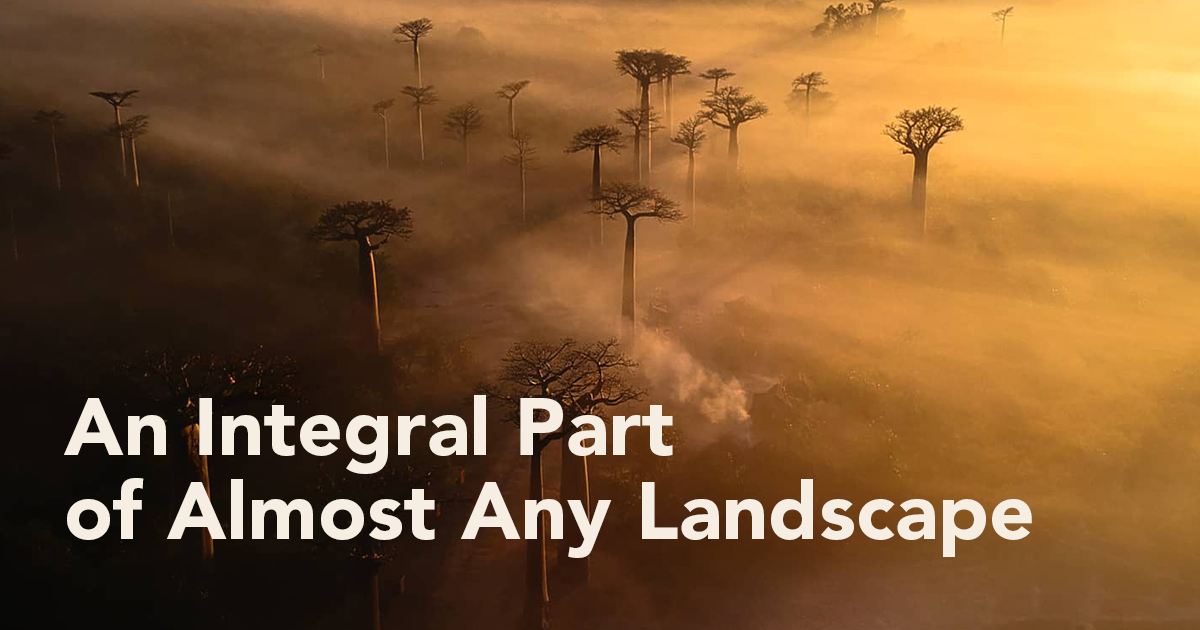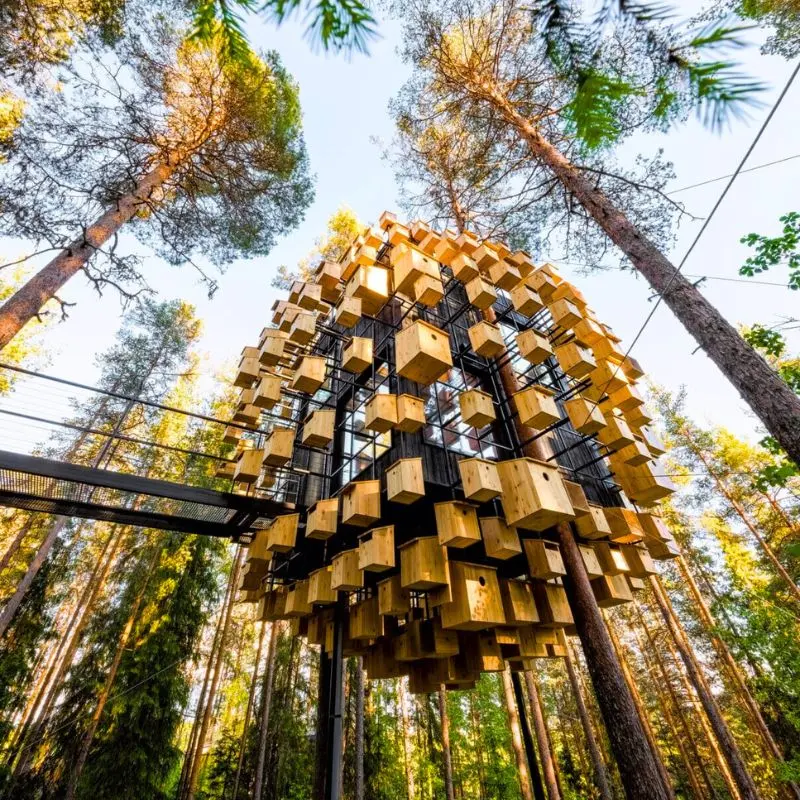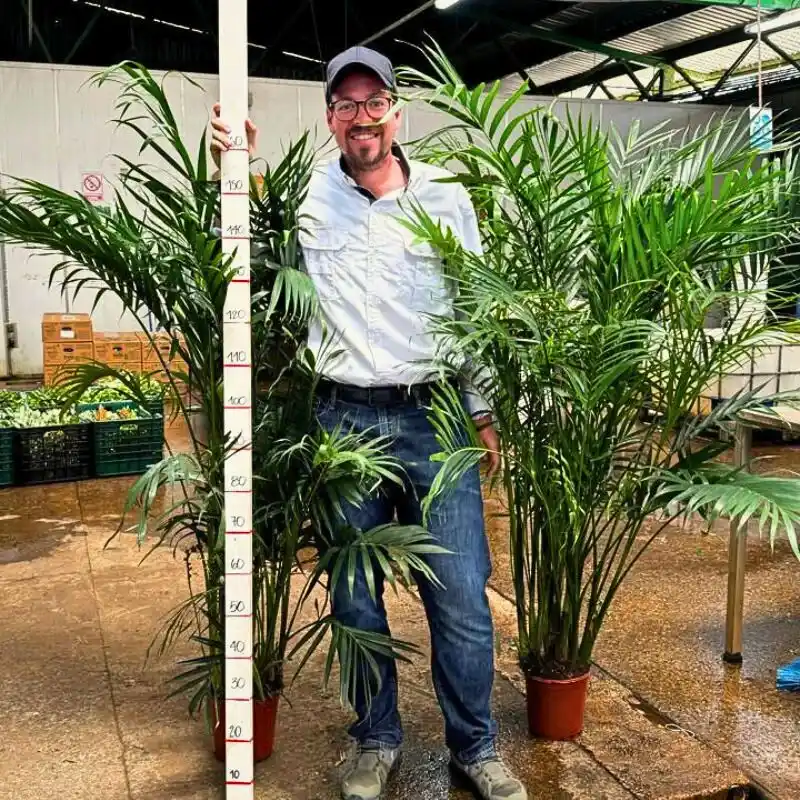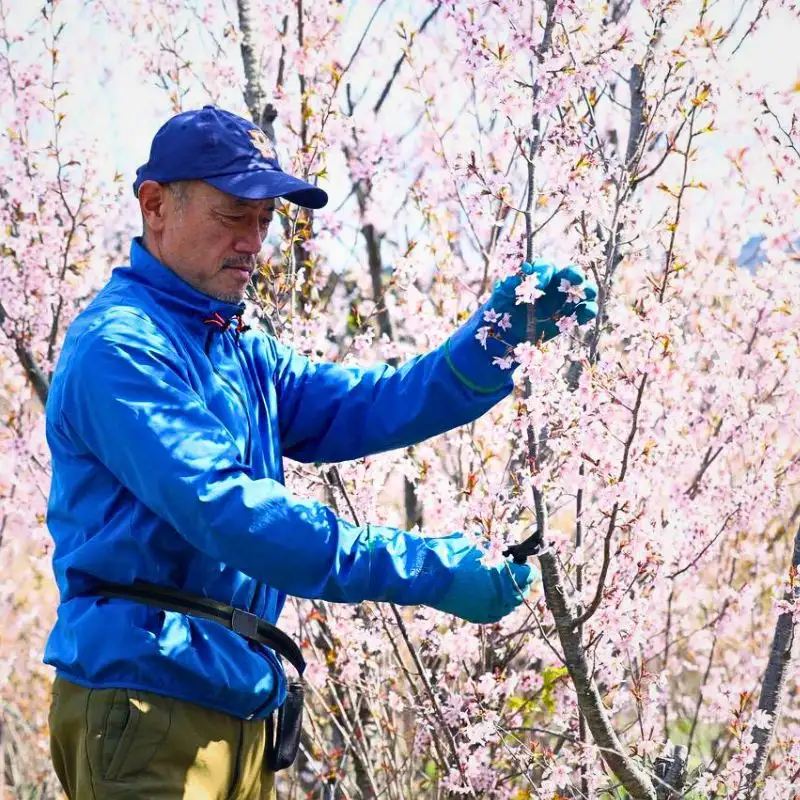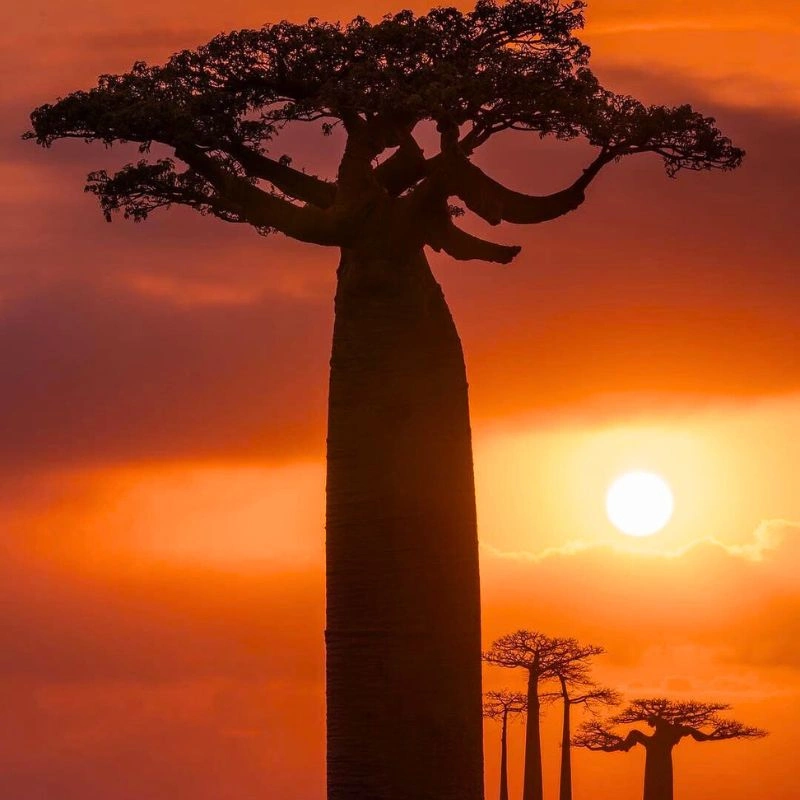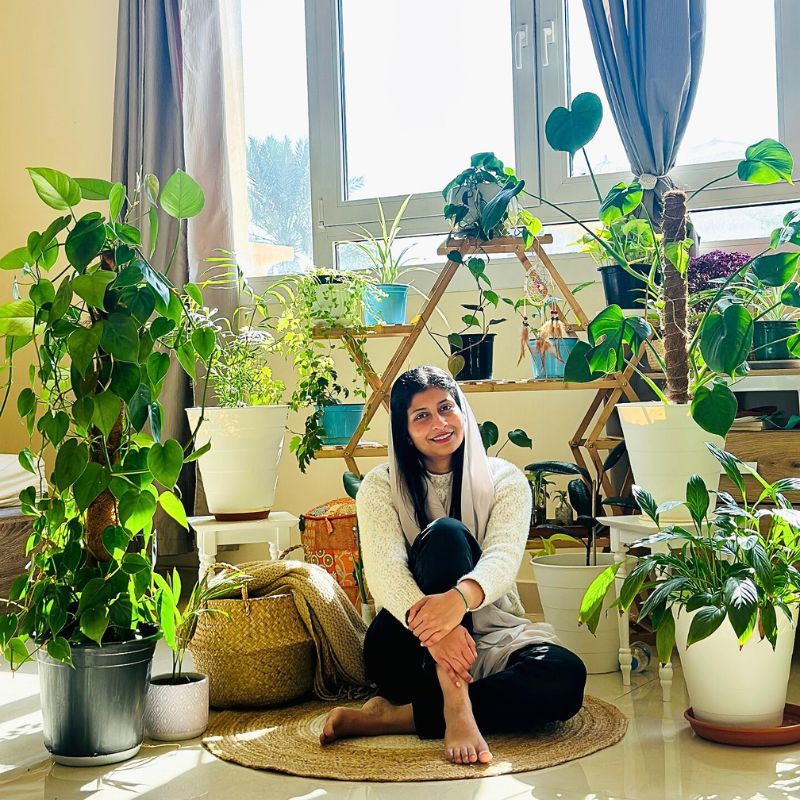It is time for some unique trees. Trees are often the underappreciated hard workers of the plant world. But where would we be without them? They clean the air, help keep our cities (and planet) cool, and are just awesome to be around. Trees are everywhere too. With more than 3 trillion trees scattered across the planet, they are an integral part of almost any landscape, which makes many of them a little easy to overlook.
Some of the Most Beautifully Unique Trees on This Planet
Is it true that everyone has a favorite tree? This can be a cool and unique species that can only be found in a certain part of the world, a record-breaking tree due to its age or size, or that one lone, statuesque tree you always see on the side of the road on your way to work and you just can't help but admire a little bit when you pass it each morning. There are even groups on social media dedicated to this very phenomenon, such as the Unique Trees community on Facebook which has more than half a million members.

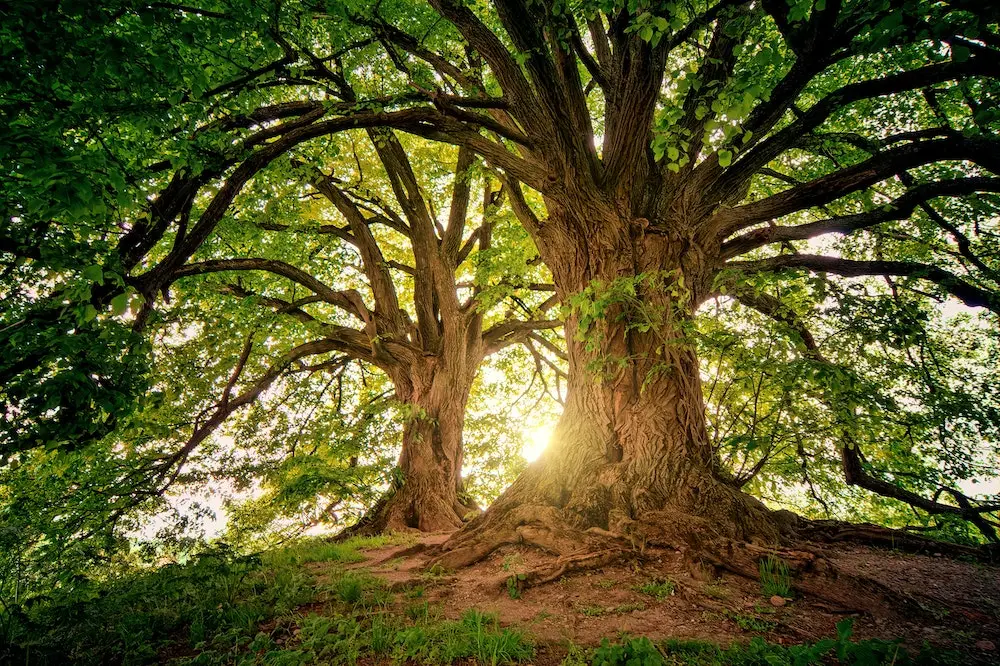
On the list below are some of the most unique trees highlighted from different continents on our planet. Some are old, some are huge, some have gorgeous flowers, and some are sacred. But all of them are beautiful.
Dragon Blood Tree - Socotra, Yemen
Two hundred miles off the coast of Yemen is Socotra, a remote island known as the jewel of Arabia, where a species of otherworldly tree known as dragon’s blood has bloomed for millennia. With its unusual, umbrella-like appearance, the tree is native to nowhere else. It lives within remnants of prehistoric 'Dragonsblood' forest on granite mountains and limestone plateaus and has expertly adapted to its environment by intercepting airborne moisture, channeling it toward its root systems.
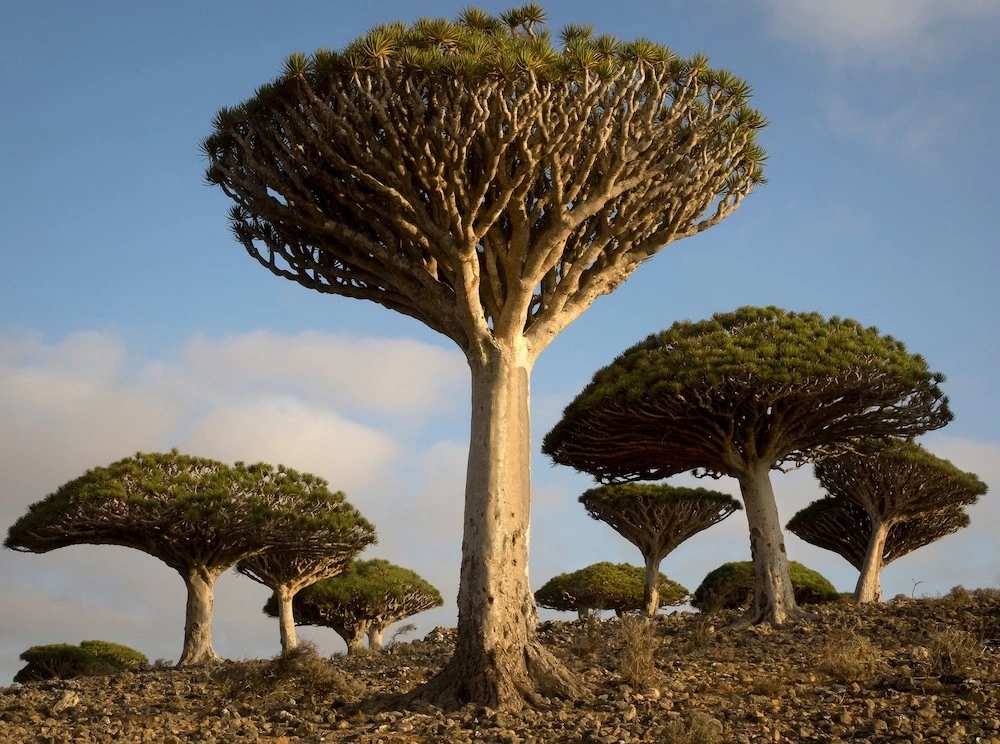
Baobab Tree - Southern Africa
The baobabs of central southern Africa are perhaps one of the best-known unique trees. They are also among the blobbiest trees around the world - looking like they've been flung into the earth upside down, their branches somehow too spindly for their huge girth. Baobabs take up water in the rainy season with their huge trunks that soak the moisture up like a sponge. Elephants love them and are known to rip parts of the trees off to get a drink.

You'll mainly find these unique trees in Zimbabwe and around Limpopo in South Africa, but you can also admire them in Madagascar. If you get a chance, visit a baobab at night. Their flowers bloom then with the scent of slightly sour milk, which causes huge excitement among bats and bush babies, who come to drink the copious nectar and at the same time, spread the baobab’s pollen far and wide.
1,400-Year-Old Ginkgo Tree - China
Talk about unique trees! This towering ginkgo tree is located within the walls of the Gu Guanyin Buddhist Temple in the Zhongnan Mountains in China. Every autumn the green leaves on the 1,400-year-old tree turn bright yellow and fall into a golden heap on the temple grounds, like an ocean of yellow, drawing tourists from the surrounding area.

The ginkgo tree, also known as the maidenhair, is sometimes referred to as a 'living fossil' because, despite all the drastic climate changes, it has remained unchanged for more than 200 million years. It is a living link to the times when the dinosaurs ruled the earth.

Kauri Tree - New Zealand
Kauri are among the world's mightiest trees, growing to over 50 m tall, with trunk girths up to 16 m, and living for over 2,000 years. Kauri forests are among the most ancient in the world and the largest tree amongst them, Tāne Mahuta (God of the Forest), is named for the Māori god of forests and of birds. They stand like ancient columns in the forest, their colossal mottled-grey trunks uninterrupted by branches until they’re well clear of the understory.
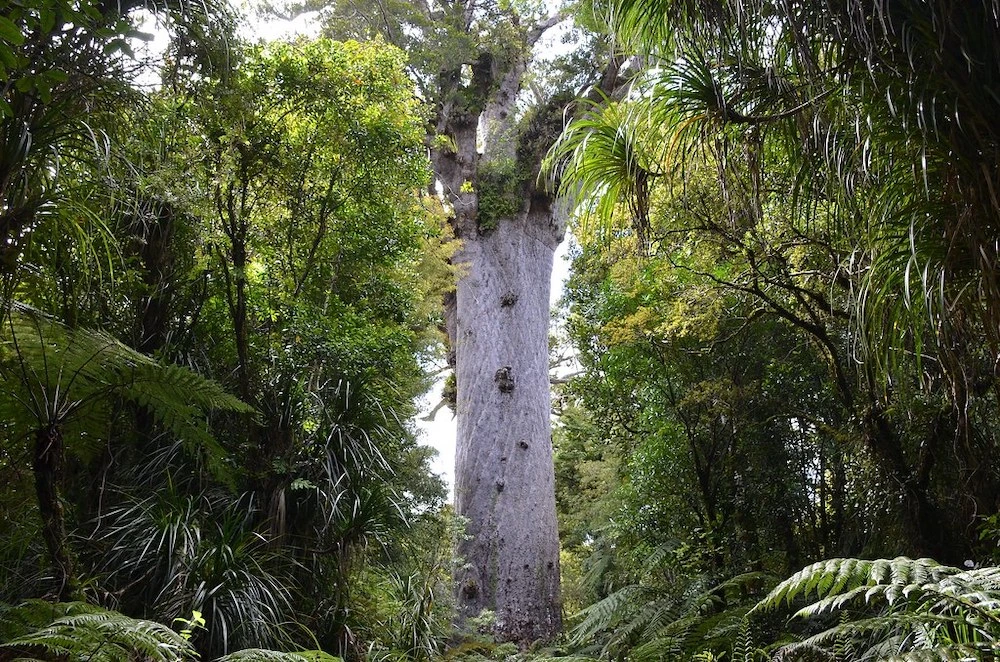
Pando Tree - Utah
Pando, also known as the trembling giant, is a clonal colony of an individual male quaking aspen determined to be a single living organism by identical genetic markers and assumed to have one massive underground root system. Pando is the oldest living organism on the planet. Pando, meaning “I spread” in Latin, isn’t actually a single tree but an entire colony of quaking aspen trees.


Silver Birch Tree - Finland
Birches are the most common deciduous trees in Finland. Species that exist there are silver birch, downy birch, and in Lapland dwarf birches grow. Birches can live up to 300 years and the highest birch can grow to be 40 meters high.

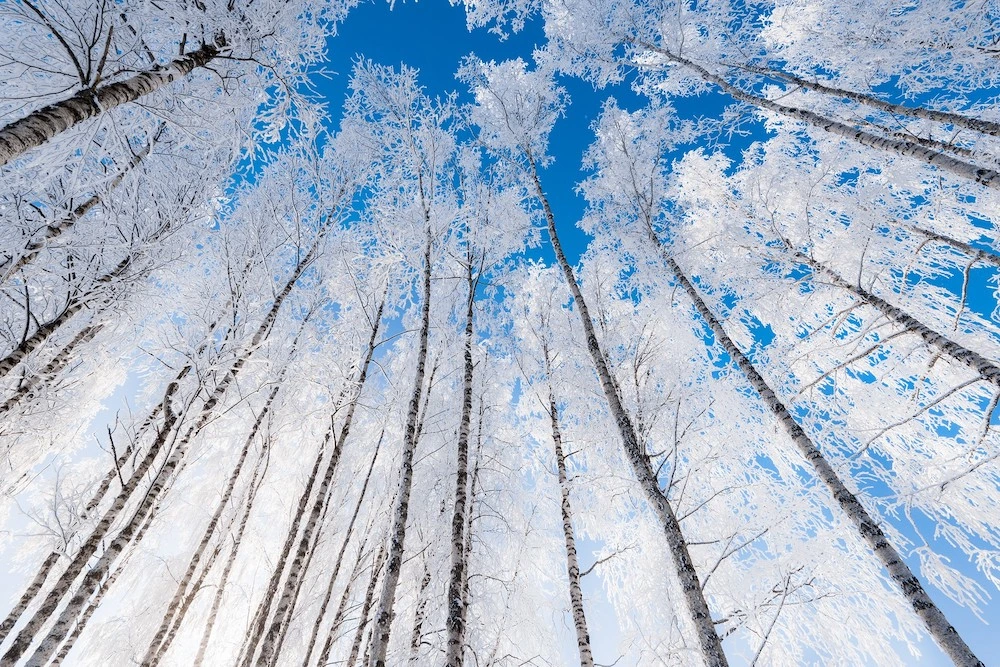
Birches have been important trees for many people and several Finno-Ugric, Baltic, and Slavic tribes have worshipped them. Though maybe not the most unique trees around, when covered in snow they are one of the most breathtaking sights to beh
General Sherman Tree - California
General Sherman is a giant sequoia (Sequoiadendron giganteum) tree located in the Giant Forest of Sequoia National Park in Tulare County, in the U.S. state of California. By volume, it is the largest known living single-stem tree on Earth. It is estimated to be around 2,300 to 2,700 years old. The General Sherman was named after the American Civil War general William Tecumseh Sherman. The official story, which may be apocryphal, claims the tree was named in 1879 by naturalist James Wolverton, who had served as a lieutenant in the 9th Indiana Cavalry under Sherman.
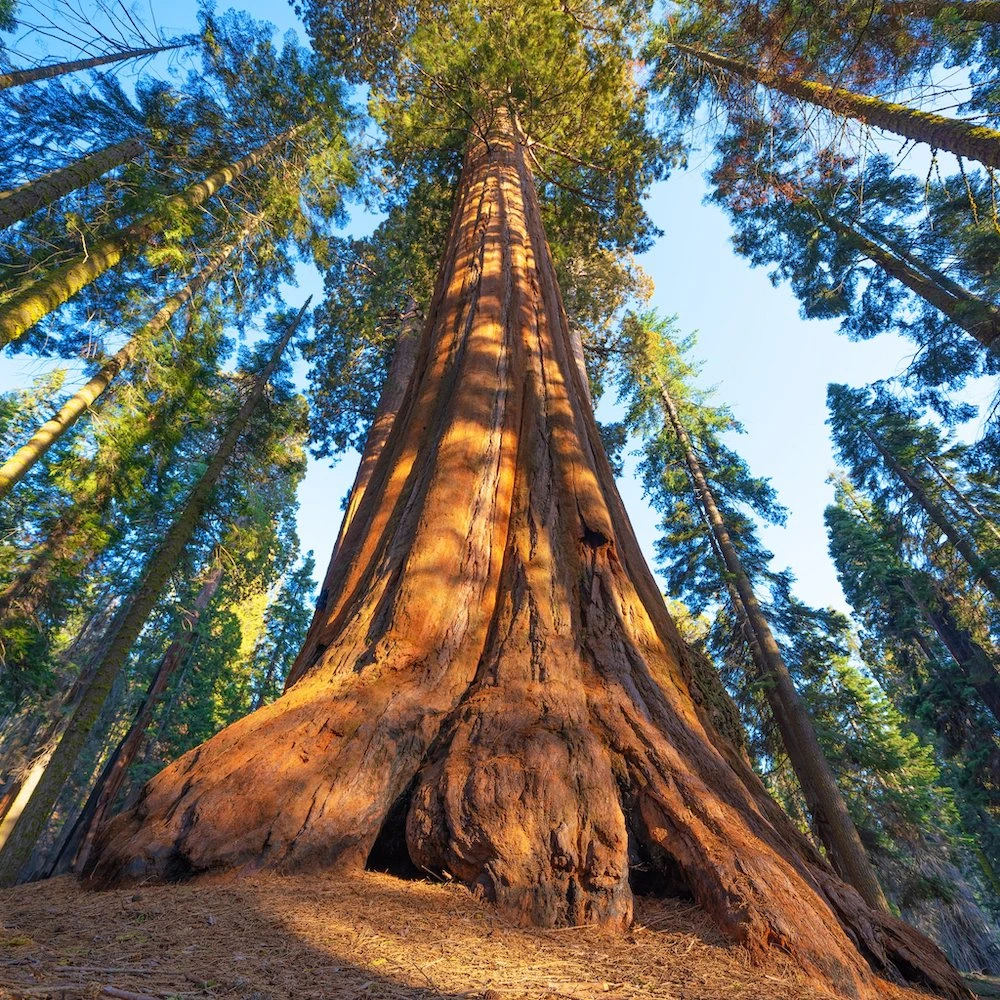
While it is the largest tree known, the General Sherman Tree is neither the tallest known living tree on Earth (that distinction belongs to the Hyperion tree, a Coast redwood), nor is it the wides or oldest known living tree on Earth. With a height of 83.8 meters (275 ft), a diameter of 7.7 m (25 ft), and an estimated bole volume of 1,487 m3 (52,513 cu ft) it is nevertheless among the tallest, widest, and longest-lived of all trees on the planet.
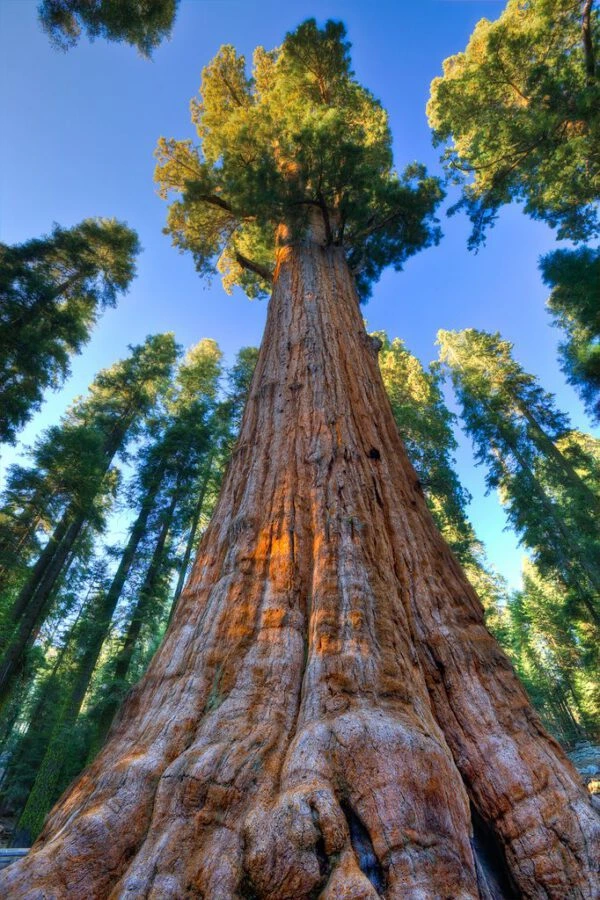
Yoshino Cherry - Japan
Cherry blossoms, a.k.a. sakura are the symbols of springtime in Japan. Every year around February, you’ll start to see TV programs and web magazines giving out information about when the cherry blossoms will be in bloom. Generally, the cherry blossom trees will bloom in order geographically in Japan: they first appear in the warm climate of southern Japan and make their way to the Kanto region, which includes Tokyo, then up to Tohoku in the north, and finally to Hokkaido.

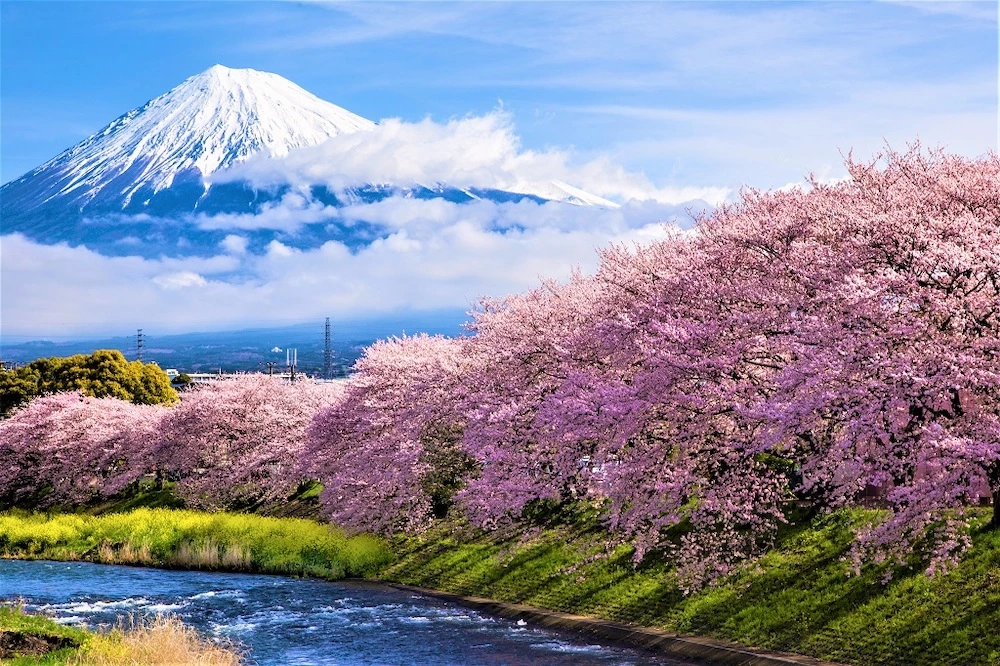
Since cherry blossoms typically only stay on the trees for around ten days or two weeks at most, everyone in Japan checks the cherry blossom forecast in springtime. That way, they can enjoy the cherry blossom season at its peak. Here you'll find the 5 Best Cherry Blossom Spots Around Mount Fuji for when you want to visit these wonderfully unique trees in the flesh.
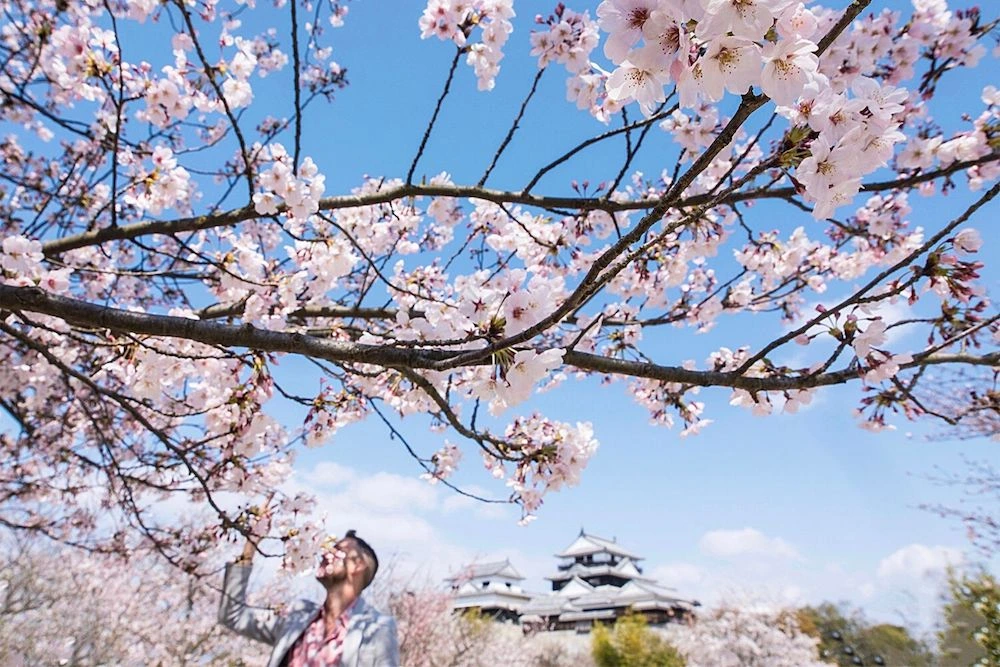
Dead Vlei Tree - Namibia
These skeleton-like trees are located in Deadvlei. They used to be blooming trees but some 900 years ago the climate dried up, and dunes cut off Dead Vlei from the closest river. It became too dry in Dead Vlei for the trees to even decompose. They simply scorched black in the sun, monuments to their own destruction. The trees, now over 1,000 years old, form a barren forest.
Areca Palm Tree - India
In India, you’re never far from a paan wallah: the vendor of little envelopes of betel vine leaves containing areca nut, slaked lime (the chemical, not the fruit), and a bespoke mixture of fragrant spices and potions. Paan is typically used as a social lubricant or chewed as an after-dinner mouth cleanser. It turns alarmingly vermillion in the mouth and slowly blackens the teeth – which in Thailand used to be thought of as charming and beautiful.
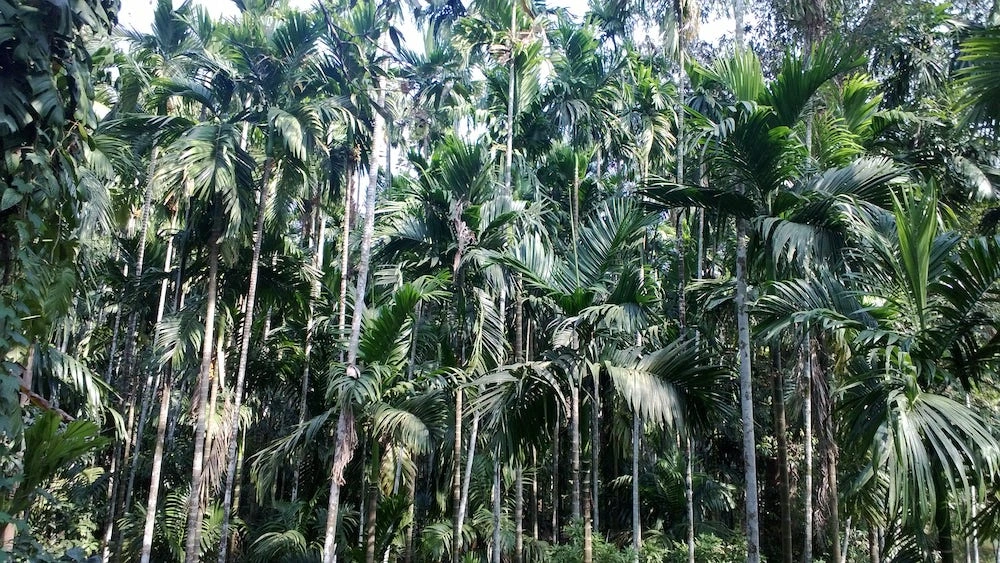
The main active ingredient comes from the large seeds deep within the orange fruit of the areca palm: a delightfully tall and slender tree species, with a disc-like trunk made up of dark and light horizontal bands.
Unique Trees Are Everywhere
You can find unique trees all around the world, and when seeing one, it is often a great idea to take a picture and take some notes. Perhaps, one day, you will create a blog post or essay on unique trees.
Header image by @unchartedbackpacker.

